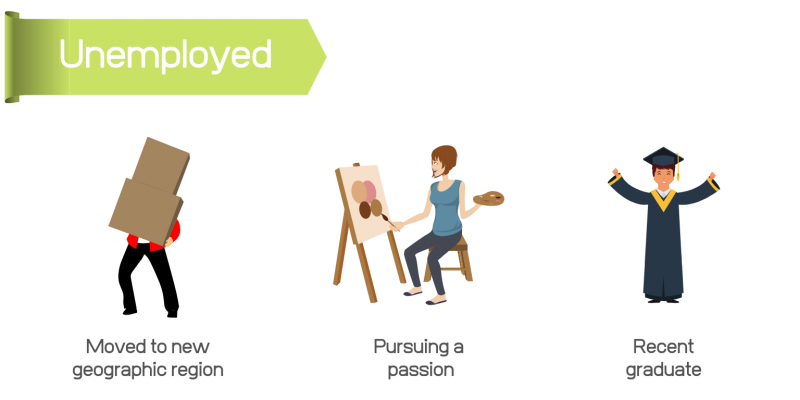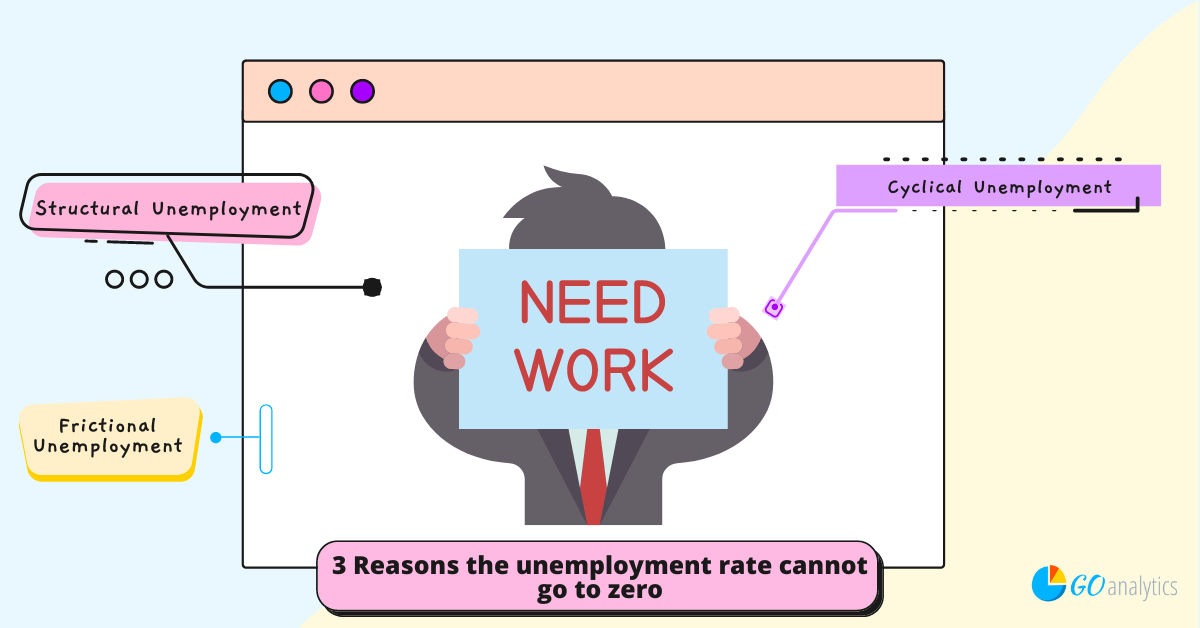While working in the business of labour market forecasting, one of the hardest questions I was faced with regularly was, “why would the industry need to attract people from outside the local labour supply when there are still folks unemployed?” This question becomes even harder to reason when it is coupled with receding demands in the local market as the initial reaction is to think the industry is recruiting new workers only to join the ranks of the industry’s unemployed.
These initial thoughts seem reasonable enough, but they fail to take into account an unemployment rate of zero is simply not attainable, nor is it desirable because that would create tremendous labour market frictions and make way for extremely inefficient labour markets.
To understand why unemployment rates can never be zero this article explains how the three main types of unemployment (structural, cyclical and frictional) arise.
1. Structural Unemployment
This type of unemployment arises from the mismatch of skills that workers possess, and the skills required by employers to perform daily tasks at their job. Skills requirements tend to change over time, requiring workers to acquire new skills, some of which simply cannot be done through on-the-job training alone.
If we take, for example, a worker who has devoted his life to working in the manufacturing industry and has been let go due to automation. The time it will take this worker to find another job requiring his/her skills or to update his/her skill set will introduce a spell of unemployment in the industry.
Structural unemployment arises from a mismatch of skills that workers possess and the skills required by employers.
Another source of structural unemployment is the potential mismatch in the wages workers are willing to accept for a job, known as “reservation wage”, and the value that employers assign to a particular role. If the wages that employers are prepared to pay for a job falls below a worker’s reservation wage, they will not accept the job. In this scenario, the time it takes for a successful match of wage expectations between workers and employers results in a period of unemployment.

2. Cyclical Unemployment
The economy is full of booms and busts that send employment levels soaring and crashing from time to time. These cycles in economic growth and employment introduce unemployment into labour markets as business cycles tend to affect all industries at the same time. With fewer employment opportunities available and a larger pool of workers competing for these opportunities, the ability of workers to bounce from one job to another is curtailed.
Cyclical unemployment results from economic cycles, which have the tendency to send unemployment rates soaring or crashing.
Over the past 40 years, Canada has gone through three major recessions, in 1981, 1991, and the Great Recession of 2008-09. These periods of falling gross domestic product (GDP), coincided with sharp increases in the unemployment rate. For those of us impacted by these downturns, it’s an experience we remember far too well.
But recessions alone are not always the cause of rising unemployment, in fact, the general business cycle does this regularly as seen by the quite predictable waves we see in monthly unemployment rates. This economic cyclicality introduces unemployment in labour markets.
3. Frictional Unemployment
Frictional unemployment refers to short-term spells when workers are in transition between jobs. This is most common when workers move across geographic regions in search of work, which takes time for them to settle and transition into new employment.
This type of unemployment also occurs when workers leave their job in hopes of finding a better one. Think here of an accountant who quits her day job to pursue her passion. When these types of individuals leave their jobs before securing new ones, it often takes time for them to transition, which in turn results in a period of unemployment.
Frictional unemployment refers to short-term spells when workers are in transition between jobs.
Frictional unemployment is also quite common with students who have just completed their schooling and are now on the job market. This process usually results in a period of unemployment as it takes time for recent grads to find a job in their field of study.

Why Is It Important?
While knowing these three factors helps us better understand the different types of unemployment and their root causes, it does nothing to answer the all important question of why some level of unemployment is important to the efficient performance of labour markets and overall economic growth.
Having a pool of workers “ready to go to work” allows expansions to be carried out in a somewhat frictionless way. If labour markets could, somehow, achieve an unemployment rate of zero, there would be no room for any expansion because securing new workers would mean leaving another employer with a vacant job. Essentially, a zero-sum gain, which would limit the ability of the economy to grow.
Eliminating structural unemployment completely would require the abolishment of innovation and technological progress, which would be detrimental to the economy and its citizens.
Finally, in the case of workers who leave their job to pursue their passion in life their unemployment spell is a positive one if they can achieve a fulfilling and happier life.
While it may not always be viewed positively, unemployment exists and can, when low, ensure a healthier economy and provide its citizens with choices when seeking employment. It is the small price we pay for innovation and better worker-employer matches.

